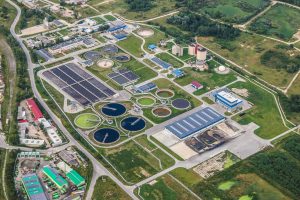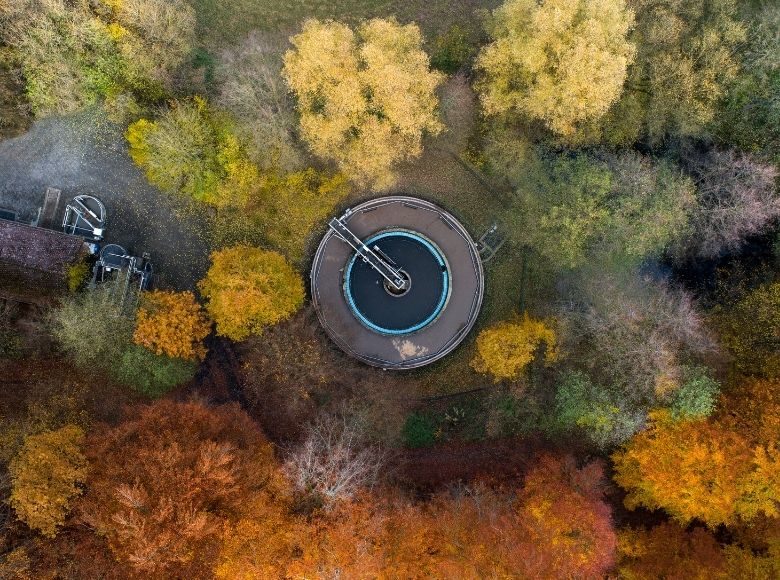Whenever environmental issues are being discussed, common topics include the growing volume of unprocessed trash and climate change. There are other, rarely mentioned, factors which also have a significant impact on the ecosystem.

Not just the trash
The growing amount of trash is one of the greatest environmental problems. Huge masses of waste have an adverse effect on the environment, leading to ever quicker devastation of the planet. Trash is about more than just discarded plastic bottles or paper boxes, as it includes sewage. Below you can find out more about the types of sewage and how they can be treated.
A complex problem
Most people associate sewage with households, originating from residential and utility buildings and involving products of the human metabolism and household activities. The truth is that there are various types of sewage. Effective purification of sewage is one of the key aspects of environmental protection, both due to its growing volume and biological threats. We can therefore distinguish several types of sewage:
- household sewage – originating from most residential buildings and households. This can be divided into greywater (low bacteriological contamination, not originating from the toilet) and blackwater (high bacteriological contamination),
- industrial – originating from processes in industrial settings,
- agricultural – originating from agricultural activities, possibly containing pesticides, for example,
- rainwater – contaminated precipitation,
- heated water – water from processes in which it was used as a coolant.

Multiple solutions
Sewage is processed at dedicated treatment plants, which employ various technologies depending on the type of sewage they purify. The selection of technologies is crucial for the effectiveness of the process. Sewage treatment methods can be divided into:
- Mechanical – removal of large particle organic and mineral suspensions and floating objects with the use of grates, sieves, sand separators, grease separators and settling tanks.
- Chemical – often utilised in industry. It is worth distinguishing here the coagulation method, which involves joining colloidal particles into larger aggregates, making it possible to sediment in a coagulate form. The neutralisation method with the use of substances of opposite pH is also popular. Neutralisation can be conducted by mixing sewage with appropriate reagents or by routing sewage through deposits of limestone, for example.
- Biological – usually utilised as a stage of the sewage treatment process. It involves using microorganisms that feed on sewage to break down the contaminants. During biological treatment of sewage, the processes of decomposition, nitrification and denitrification occur.
It can be seen that there are many methods of effective sewage treatment. Many treatment methods are often combined in order to better protect the environment. This is especially important in places where various types of sewage are found and a single process would not be sufficient.

Modern technology
A responsible approach to environmental protection at the PCC Group is crucial because of the activity profile and the changing requirements of the market. The company continues to expand the range of ecological products it offers in the Greenline series, as well as introducing new technologies which help limit the negative effects on the environment. The recently modernised sewage treatment plant in Brzeg Dolny not only services the area of the industrial park but also the entire city. It was therefore important to employ cutting-edge technologies to effectively filter the various types of contaminant. Apart from that, PCC Group also cares about the comfort of its employees and the residents by introducing many technologies to help neutralise the odours generated during the treatment process.
More information about this project and other investments can be found at the PCC Rokita SA website.
We also encourage you to check out the products offered by PCC Group, manufactured in accordance with the green chemistry philosophy.
Sources:
https://pcc.rokita.pl/informacje-ekologiczne/dzialania-prosrodowiskowe/
http://www.prox.info.pl/aktualnosci/podzial-i-rodzaje-sciekow-11/
http://beta.chem.uw.edu.pl/people/AMyslinski/cw13/ins13.htm
